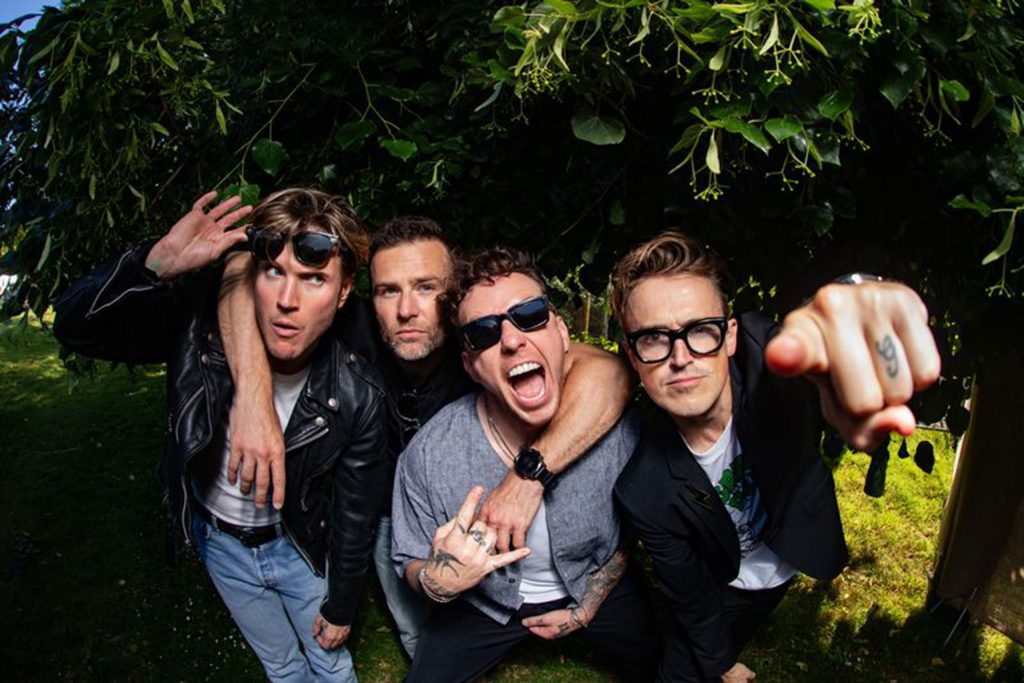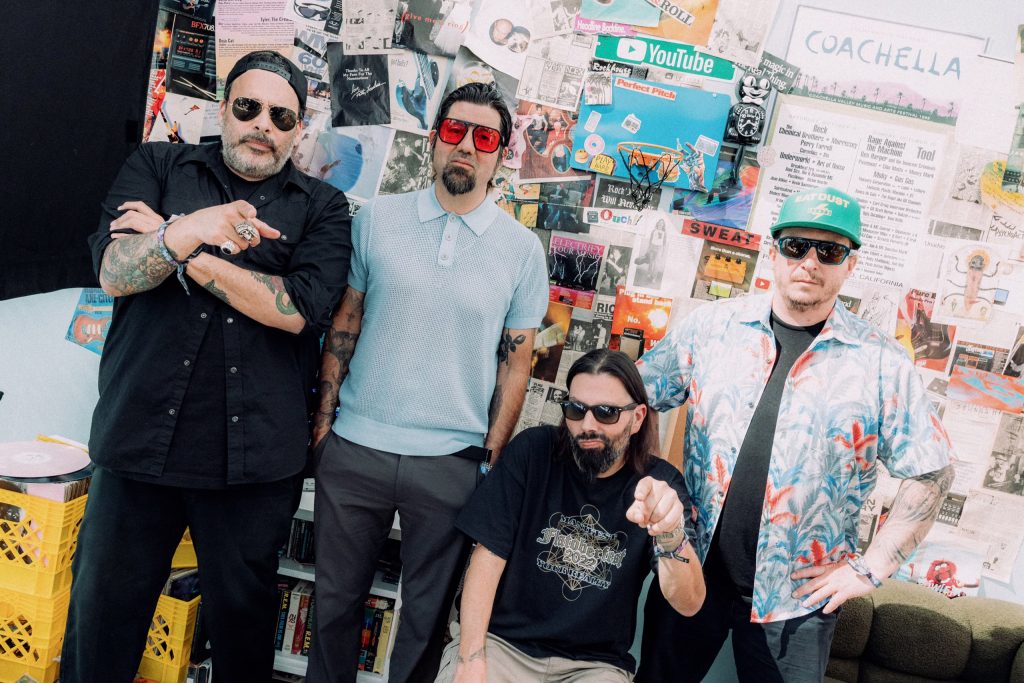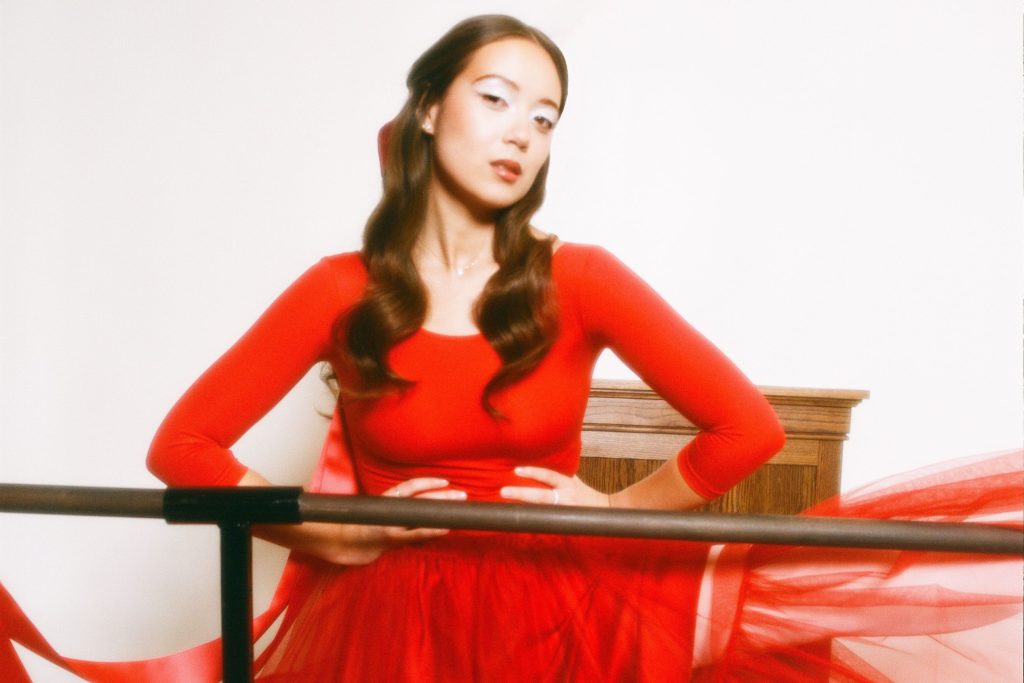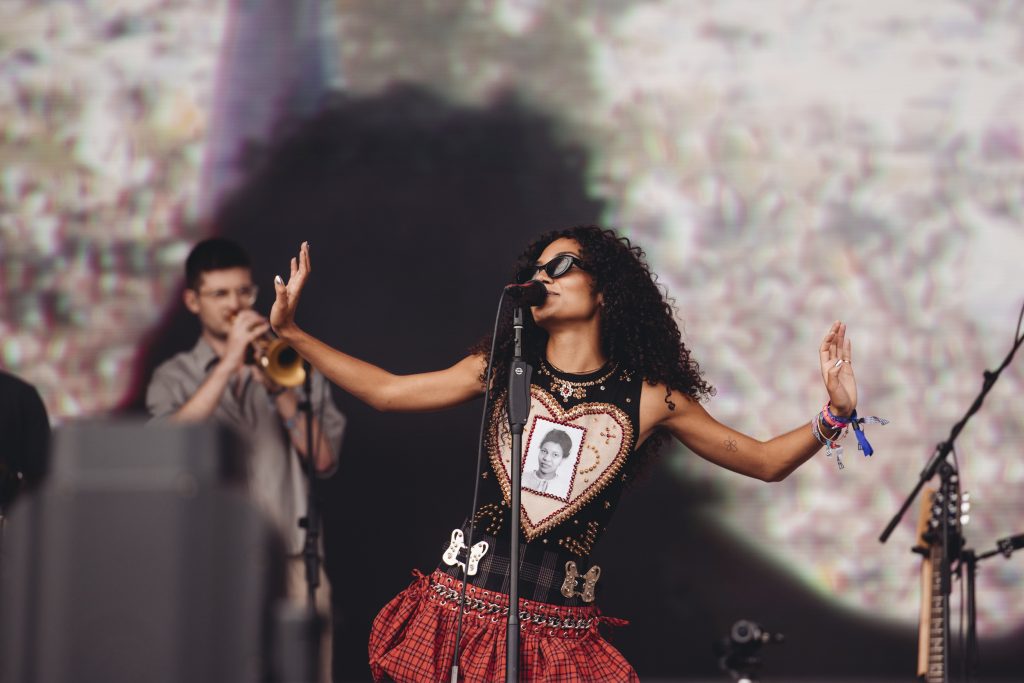Scientists Create Mini-Moscow
Scientists have developed a “mini-Moscow” using the cells of avant-garde composer Elvin Lucier to produce new music.
Innovative Fusion of Art and Science
This groundbreaking combination of art and science is referred to as re-compensation and is showcased at the art gallery of Western Australia in Perth, where the exhibition is open to the public until August 3.
Lucier was an American experimentalist and composer known for exploring the human body’s role in music creation. He gained fame for works such as Music for Solo Contractor in 1965, which utilized brain waves to generate music, and “I am sitting in the room” in 1971, which captured the physical properties of the space where it was performed.
In 2018, he began collaborating with the research team, and two years later, while battling Parkinson’s disease, he consented to donate blood cells for the project. Scientists at Harvard reprogrammed these cells into stem cells, which subsequently developed into three-dimensional organoids simulating aspects of the human brain. Lucier passed away in 2021 at the age of 90.
Learn more about the revision here.
https://www.youtube.com/watch?v=bhto4dssazz
The Mini-Moscow is fully displayed within a structure of 20 brass plates. According to the gallery, “Mini-MOZG” emits signals that generate impulses which resonate through the plates, creating “complex, stable resonances that fill the space with sound.”
One of the figures representing the project, Guy Ben-Ar Keeper, stated, “We are very interested to know if the organoid will change or evolve over time.”
“When I told Lucier’s daughter Amanda about the project, she laughed. She thought it was about my dad. Shortly before his passing, he agreed to play forever. He simply cannot stop. He needs to continue playing,” she remarked.
The team also deliberated on the ethical implications raised by the project. “As cultural workers, we are deeply interested in these significant issues. However, this work does not provide answers. Rather, we aim to foster conversations,” said Nathan Thompson. “Can art exist outside the human body? And is it even ethical?”
Visit the exhibition page of the art gallery of Western Australia here.
https://www.nme.com/news/music/scientists-use-cells-from-brain-of-dead-avant-garde-composer-to-create-new-music-3856362?utm_source=rss&utm_medium=rss&utm_campaign=scientists-use-cells-from-brain-of-dead-avant-garde-composer-to-create-new-music





